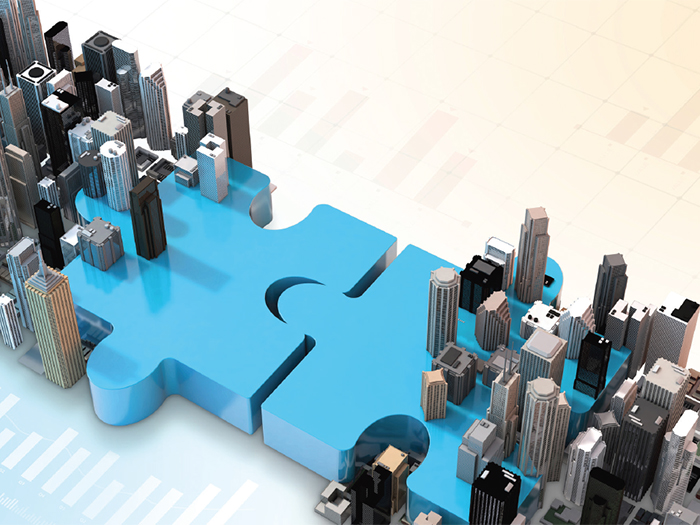A Breath of Fresh Air: What Is Ergonomics Gamification?

Ergonomists: are you looking to sway from the typical method of delivering a training program and produce an exciting experience for your attendees? Look no further than this upcoming session at the National Ergonomics Conference and ErgoExpo, taking place from November 2-4 in Las Vegas.
The session, “Ergonomics Gamification,” will give attendees the opportunity to not only engage in a lighthearted competition, but will provide takeaways for creating their own energizing program training.
Gary Downey, master ergonomist at The Ergonomics Center Edward P. Fitts Department of Industrial & Systems Engineering at North Carolina State University, discussed ergonomics gamification, its use and its benefits for both presenter and attendees.
“Gamification [helps in] making a subject fun and game-like,” Downey said. “It’s adding a gaming type of environment to some sort of learning that you’re trying to [provide].”
The use of gamification looks to ensure that attendees remain engaged, and are enjoying, whatever presentation or training they find themselves in. Downey said this especially holds true for when presentations rely heavily on PowerPoint presentations, which many do.
“[Presenters] pull up their Powerpoint with a lot of text and bullet points, and you see [attendees’] eyes glaze over,” he said.
Downey continued by saying that incorporating gamification allows for presentations to remain interesting while still allowing people to learn.
In fact, there is scientific evidence behind the utilization of gamification methods, which includes a chemical release within our brains when we achieve a goal or check off a task.
“Adding that game experience to some mundane tasks, our brains get kind of addicted to winning and that competition type of atmosphere,” Downey said.
Gamification has also become a valuable tool for presenters in the age of virtual presentations, which has proved to be more difficult in terms of authentic engagement.
In his session, Downey will even incorporate gamification after delving into its concepts, so attendees will be able to experience gamification first-hand. The gamification component of his session will include ergonomics-based questions to give attendees “a sample of what they might be able to [incorporate] in an ergonomics awareness session.”
Downey also plans to discuss various gamification apps, such as Kahoot and Poll Everywhere, and compare their capabilities with attendees.
And while gamification can be primarily used to maintain energy and interest for attendees, there is also benefit for the presenters themselves. Gamification allows presenters to receive real-time feedback on whether attendees are understanding and absorbing the content of the presentation.
Downey believes this is another key reason why gamification can be such a successful tool.
Overall, Downey hopes that attendees can learn different ways to make their presentations more interesting by using “low cost resources,” no matter what the content may be.
Downey will present his session on November 4. &










